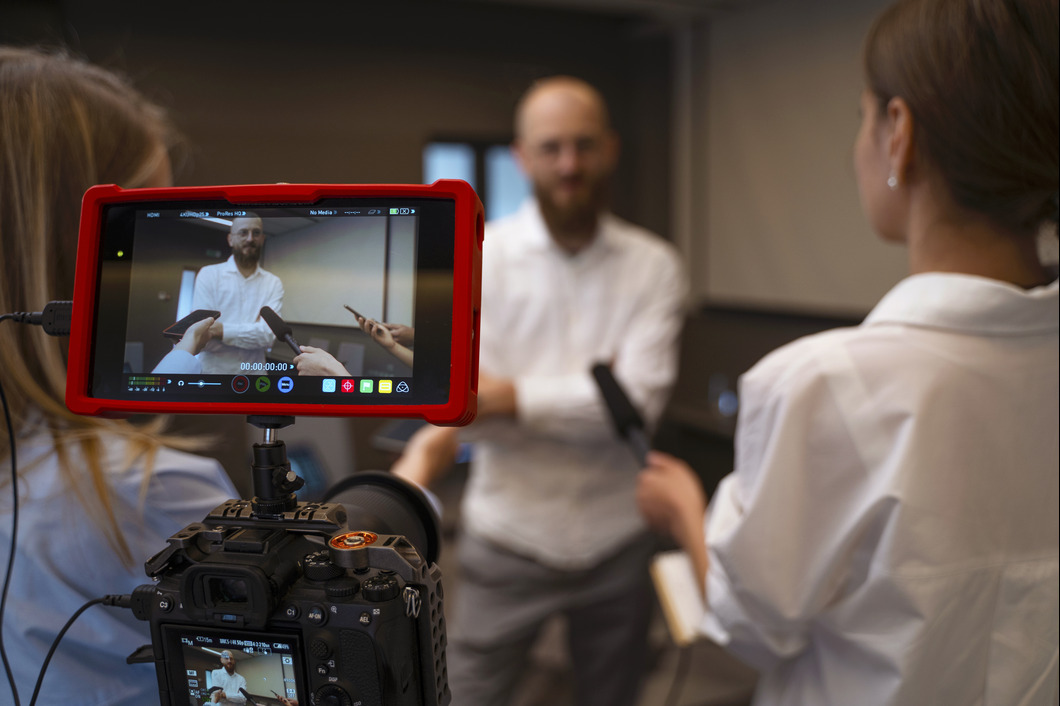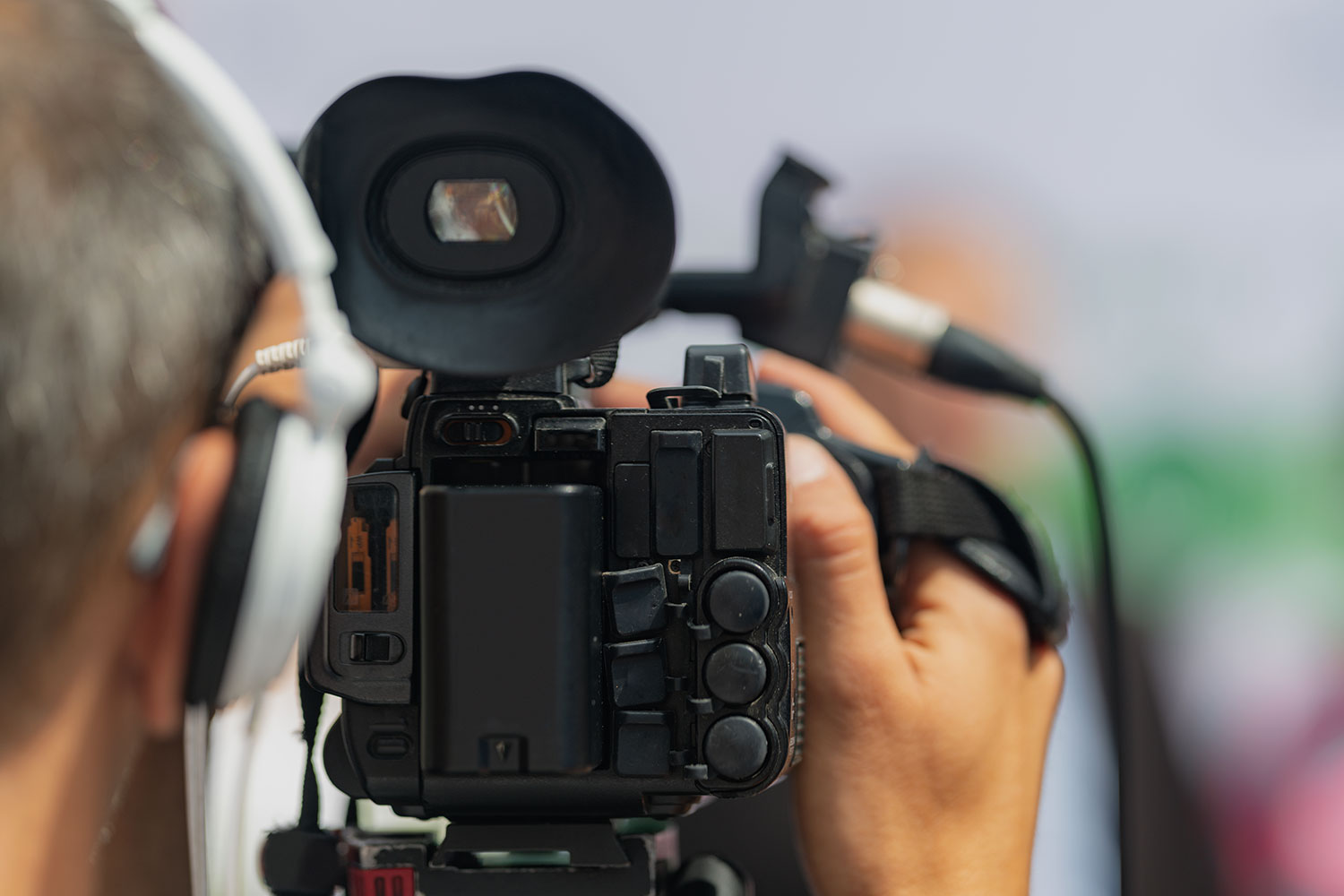Understanding the Influence of Legal Videography on Instance Outcomes
Diving Into the Devices of Lawful Videography: Introduction Its Procedure in Shielding Authentic Visual Testimony for Judicial Proceedings
In the realm of judicial process, the function of lawful videography stands as a foundation in maintaining and providing aesthetic evidence. As modern technology continues to breakthrough, the mechanisms behind lawful videography have ended up being increasingly complex, offering a critical layer of authenticity to testaments captured on video.
Historic Evolution of Legal Videography
Examining the historical progression of legal videography exposes a substantial change in the recording and discussion of visual evidence within the lawful landscape. In the past, legal proceedings heavily counted on written transcripts and photos to document events and provide proof. With the advent of video technology, the legal market experienced a standard change in just how aesthetic testament was recorded and offered.
The evolution of legal videography can be traced back to the late 20th century when advancements in video recording equipment made it much more easily accessible for usage in courts. This technical advancement not only enhanced the precision and reliability of aesthetic proof yet additionally changed the way situations existed to juries and judges (Legal Videography). Lawyers started to identify the convincing power of video clip recordings in communicating feelings, nuances, and non-verbal cues that written photos or transcripts alone could not capture properly

Innovation Improvements in Video Clip Paperwork
What crucial technological advancements have transformed video documents in the legal area? The legal area has seen substantial developments in video clip paperwork modern technology that have boosted the authenticity and integrity of visual proof in judicial process.
Furthermore, innovations in video security and watermarking technologies have actually strengthened the safety and tamper-proof nature of video clip evidence, securing it versus unauthorized alterations or meddling. Furthermore, the development of cloud storage space services and remote gain access to capacities has streamlined the storage, access, and sharing of video clip evidence, helping with smooth collaboration among lawyers and ensuring effective accessibility to essential visual statements when required. These technical innovations in video documents have actually unquestionably transformed the legal field, improving the accuracy, reputation, and admissibility of visual evidence in judicial proceedings.
Role of Legal Videographers in Court Room Setups
The development of video paperwork technology in the lawful area has necessitated a crucial duty for legal videographers in court room setups, guaranteeing the integrity and integrity of visual testimonies offered during judicial proceedings. Lawful videographers play a fundamental duty in catching and preserving exact visual proof that can be critical in lawsuit. Their duty extends to establishing devices, tape-recording process, and creating high-quality videos that properly show the events in the court room.
Furthermore, lawful videographers usually function closely with legal teams to ensure that the video evidence lines up with the situation's demands and can be successfully offered in court to sustain the lawful debates being made. Overall, the role of legal videographers in courtroom setups is indispensable in supporting the principles of justice and guaranteeing the transparency of legal proceedings. Legal Videography.

Ensuring Admissibility and Integrity of Video Clip Proof
To maintain the integrity of visual evidence provided in lawful process, guaranteeing the admissibility and stability of video clip proof is a crucial obligation for lawful videographers. Admissibility describes the acceptance of evidence by the court, and for video proof to be permissible, it should satisfy particular standards. Legal videographers play an important duty in ensuring that the videos they capture follow the important source policies of proof, such as dependability, authenticity, and significance.
Stability of video evidence involves maintaining the originality and precision of the video from the moment it is videotaped till it is offered in court. This consists of safely keeping the video files, recording the chain of custody, and preventing any meddling or changes. Legal videographers need to adhere to strict protocols to assure the honesty of the video clip evidence and prevent any kind of obstacles to its credibility.
Future Trends in Legal Videography
Provided the increasing dependence on modern technology in legal proceedings, lawful videographers are positioned to embrace cutting-edge innovations forming the future of visual testament capture and discussion. One of the noticeable patterns imminent is the integration of digital reality (VIRTUAL REALITY) and increased reality (AR) technologies into lawful videography. These technologies have the potential to revolutionize how aesthetic evidence exists in courts, allowing courts and juries to submerse themselves in the scene of the crime or case.
Additionally, making use of man-made intelligence (AI) formulas for video evaluation is expected to simplify the process of assessing and evaluating huge amounts of video clip footage. AI can assist in determining key moments, abnormalities, and patterns within videos, improving the efficiency of legal examinations.

Conclusion
Finally, legal videography has actually played a vital role in supplying authentic visual proof for judicial proceedings. With technological improvements and the knowledge of lawful videographers, the integrity and admissibility of video clip evidence are made sure in court room settings. As lawful videography continues to advance, it will be necessary to copyright requirements that maintain the accuracy and dependability of visual testament for the future of legal procedures.
Examining the historic development of lawful videography reveals a substantial change in the recording and presentation of aesthetic evidence within the legal landscape.The evolution of video clip documentation innovation in the legal area has actually find out here required an essential function for legal videographers in court room setups, making certain the honesty and integrity of visual statements provided during judicial process. In addition, legal videographers usually work carefully with legal teams to ensure that the video clip evidence lines up with the case's needs and can be properly offered in court to support the legal disagreements being made.To maintain the trustworthiness of visual evidence presented in lawful procedures, making sure the admissibility and integrity of video evidence is an important obligation for legal videographers. As lawful videography proceeds to evolve, it will certainly be essential to support requirements that maintain the precision and dependability of aesthetic statement for the future of lawful process.